The best 60s sci-fi movies
Aside from being the Swinging Sixties, here's why the decade was also the Sci-Fi Sixties.

What are the best 60s sci-fi movies? You may be wondering what part the sci-fi genre has to play in a decade abundant with peace, love, and powerful songs. But, music wasn't the only strain of popular culture making a name for itself in the Swinging Sixties.
Throughout the decade, the sci-fi genre was ablaze with ideas from which our top ten below stems. In the 60s, the world was being imagined in different realities and spanning multiple timelines from disasters to dystopias. It was also bravely expressing itself by leaning more heavily into the horror genre, which in turn started to garner the interest of big A-list names.
We've also rounded up the best sci-fi movies and TV shows to stream on Disney Plus, Netflix, Paramount Plus and Amazon Prime, if you want to scroll through top sci-fi content available now.
The 1960s played a big part in influencing the sci-fi genre forever, from the best 80s sci-fi movies to the best sci-fi movies of all time. So, what are the movie titles that had such an impact on the world? Well, we've ranked the best 60s sci-fi movies below.
10. The Day the Earth Caught Fire
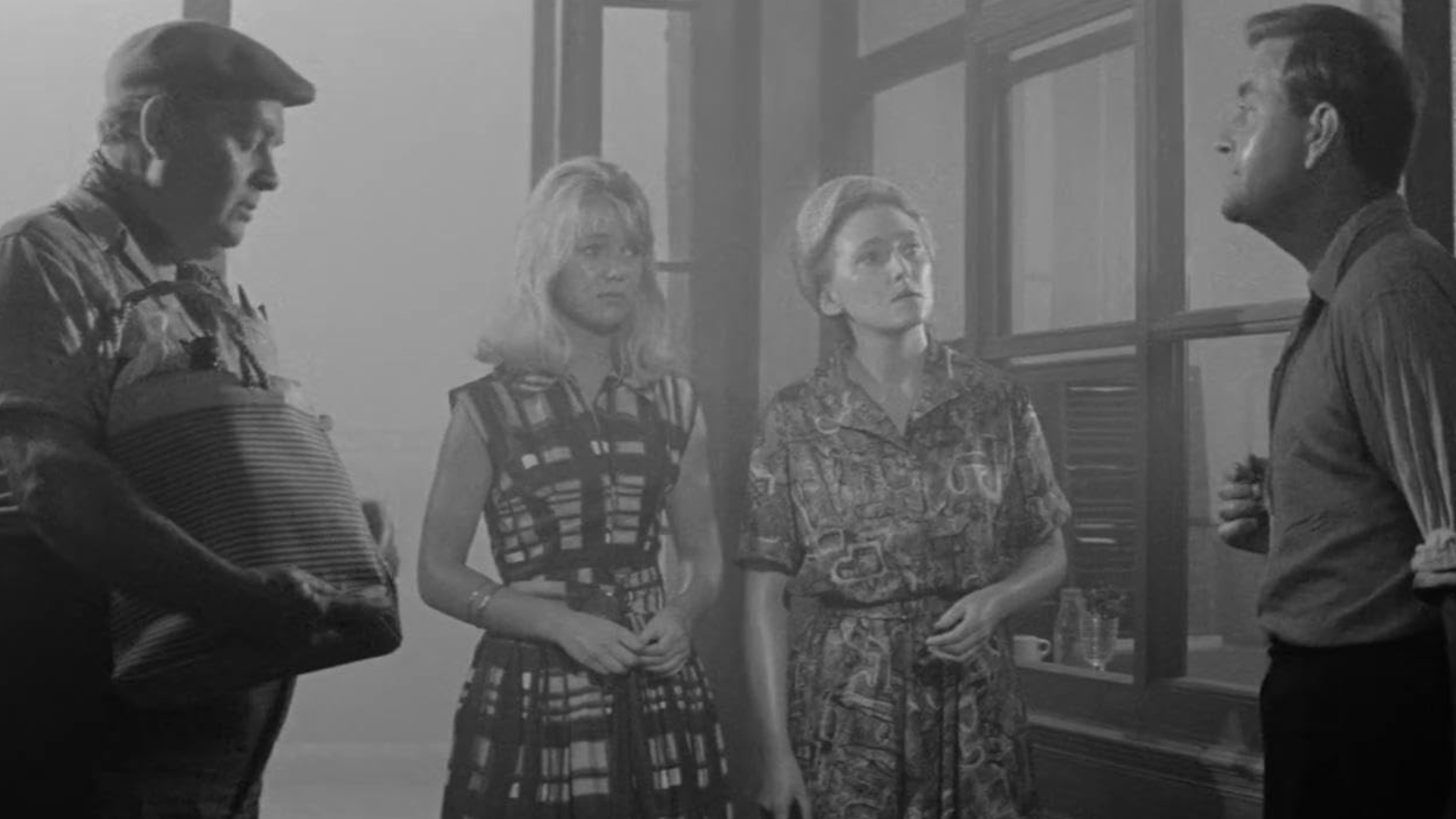
- Release date: November 23, 1961
- Cast: Janet Munro, Leo McKern, Edward Judd, and more
- Director: Val Guest
- RT score: 86% critics, 85% audience
In classic apocalyptic fashion, the 1960s saw this sci-fi disaster movie imagining a world where Earth is thrown off its axis by nuclear bomb testing happening in the US and Russia at the same time. The result is that meteorological events threaten all of humanity. Not only that but with the spin of the nutation, Earth finds itself hurtling towards the Sun.
It falls on two British reporters, Peter (Edward Judd), Bill (Leo McKern) and a small group of friends including weather forecaster Jeannie Craig (Janet Munro) to aid the world in a plan for salvation. This movie is an iconic endeavor into the sci-fi genre that's truly British and truly tension-building with the end of the world in sight and its redemption never fully resolved.
9. Quatermass and the Pit

- Release date: November 9, 1967
- Cast: James Donald, Andrew Keir, Barbara Shelley, Julian Glover, and more
- Director: Roy Ward Baker
- RT score: 88% critics, 74% audience
In a decade full of horror/sci-fi twists, Quatermass and the Pit is a shining example from iconic British writer, Nigel Kneale. First a BBC serial, then a string of movie titles starring Professor Bernard Quatermass, he's called upon once again in this sequel to the previous The Quatermass Xperiment and Quatermass 2. This time, a mysterious artifact has been discovered in the London Underground arousing suspicions of aliens, strange goings-on, and powerful psychic forces.
Breaking space news, the latest updates on rocket launches, skywatching events and more!
With post-war anxiety still rife in the 60s, it imagines a London under attack, although this time from Martians. As London is ripped apart and humanity turning on each other in a bizarre flurry of strange rampages, the movie is applauded for its gripping and intense moments reflective of emotions of the world at the time - with a sci-fi twist.
8. Fantastic Voyage
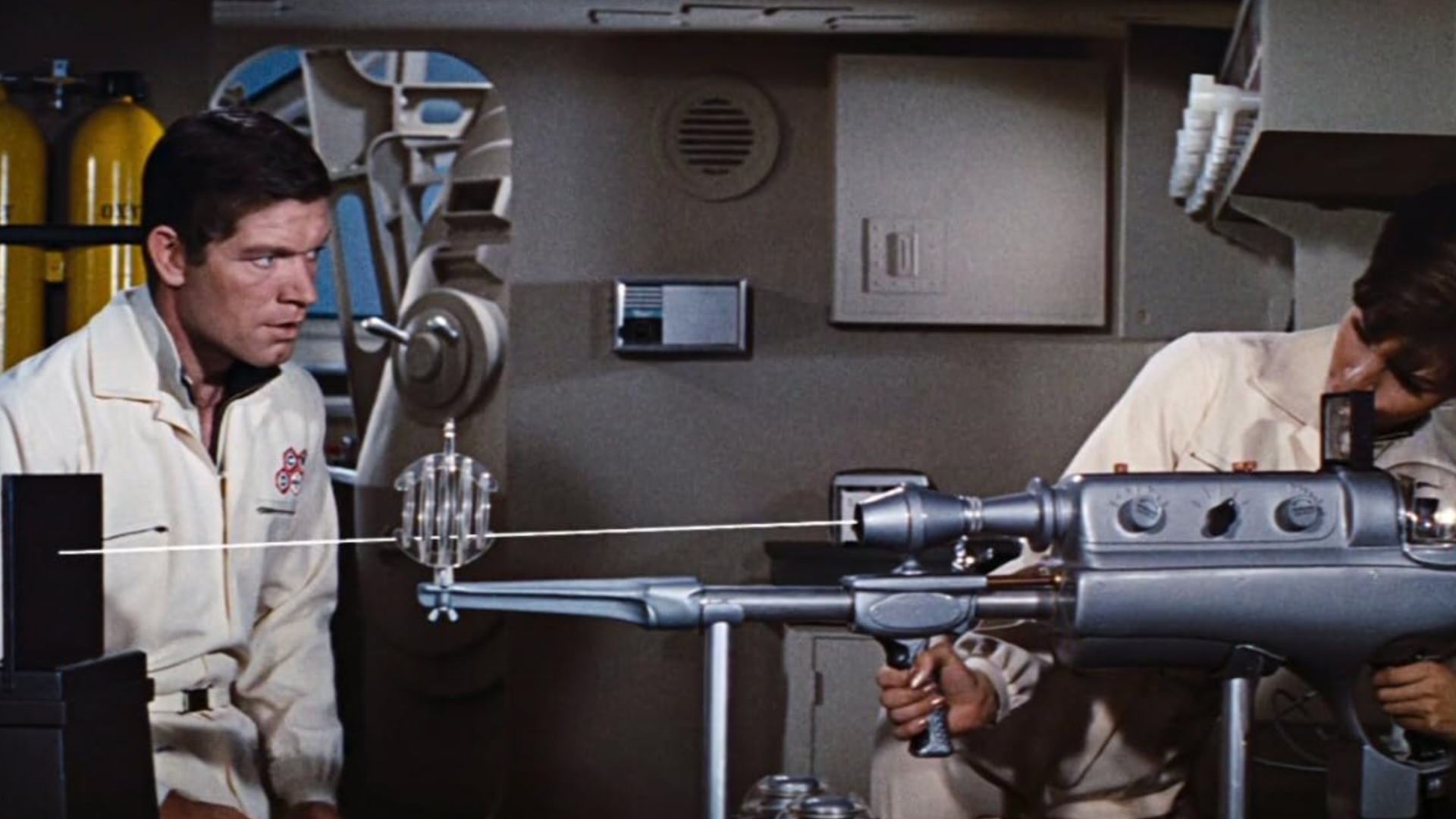
- Release date: August 16, 1966
- Cast: Stephen Boyd, Raquel Welch, Edmond O'Brien, Donald Pleasence, and more
- Director: Richard Fleischer
- RT score: 92% critics, 68% audience
When a brilliant scientist, Jan Benes, develops a blood clot in this brain, saving him is of the utmost importance. So much so, that a group of experts are shrunk down alongside a submarine to enter Dr Benes's body in order to save his life.
In the 1960s, sci-fi began to garner the attention of big A-list stars, and, in some cases, became the springboard for their careers. Raquel Welch, for example, gained attention for her role as a strong female character, Cora. This became one of many similar roles that built her an outstanding career. To witness Fantastic Voyage is to explore sci-fi history. Plus, as per World of Reel, a remake of the movie is something Avatar's James Cameron has been working on for a long time with Guillermo del Toro set to direct.
7. Seconds
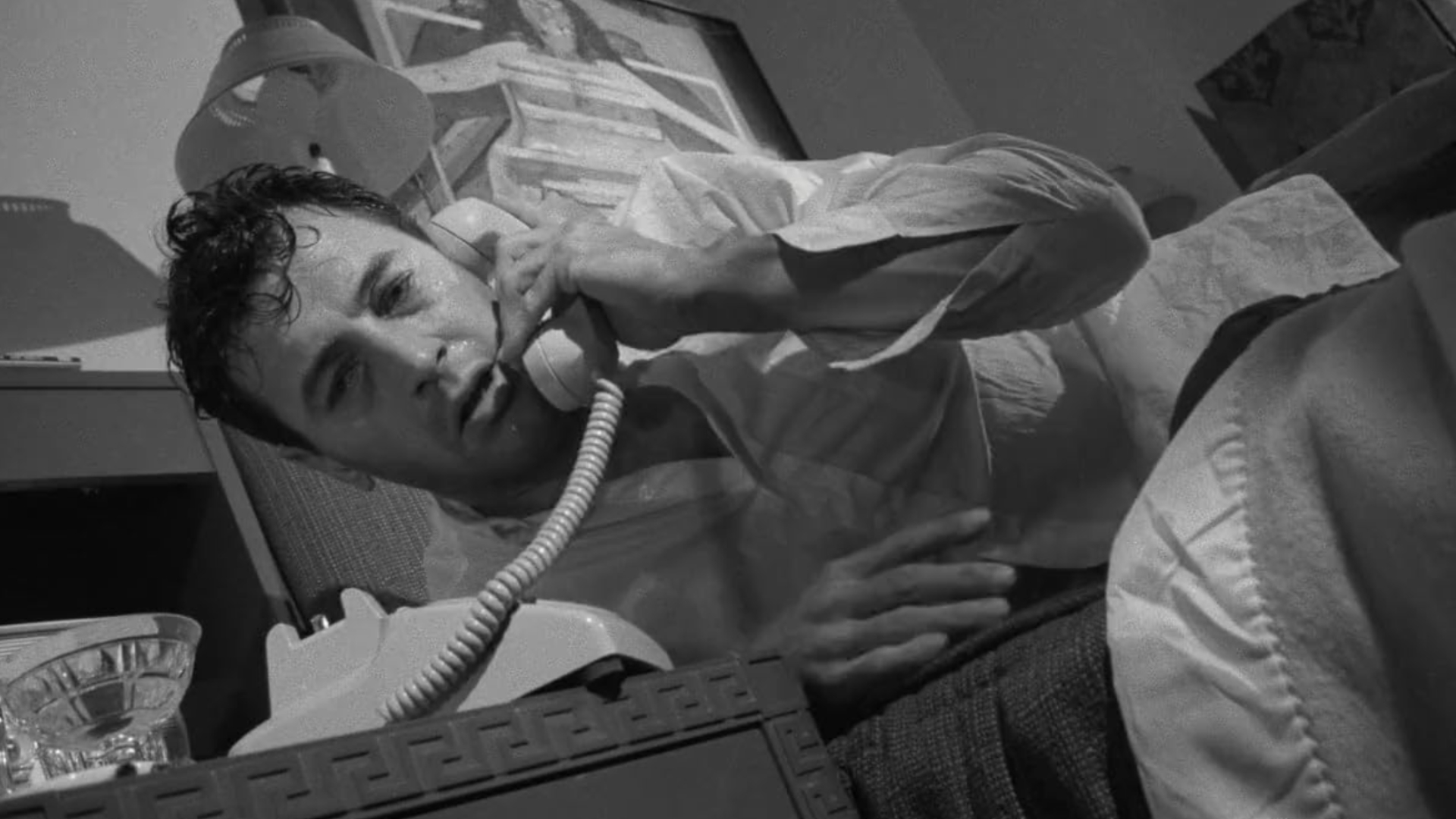
- Release date: November 9, 1966
- Cast: Rock Hudson, Salome Jens, Will Geer, John Randolph, and more
- Director: John Frankenheimer
- RT score: 79% critics, 87% audience
Another A-lister fronting our next entry is Rock Hudson, who unexpectedly appeared in sci-fi in the 60s amidst his rom-com fame. Arthur (John Randolph), a dejected middle-aged banker is suffering a midlife crisis, until a visit from an old friend leads him to a mysterious organization called "The Company". They offer him a chance at a new life, revealing their work 'rebirthing' humans and giving them entirely new identities and faces. Cue Rock Hudson as Tony Wilson. In true sci-fi fashion though, everything is not as it seems. His new life and the rules that follow about his former self begin to weigh down on him heavily.
As Arthur begins to realize his mistakes, Seconds captivates and saddens viewers as he's haunted by the new life and new face he so desperately wanted and now desperately regrets. It's a watch that'll leave you feeling both uneasy and oddly grateful.
6. Planet of the Apes

- Release date: April 3, 1968
- Cast: Charlton Heston, Roddy McDowell, Maurice Evans, Kim Hunter, and more
- Director: Franklin J. Schaffner
- RT score: 86% critics, 88% audience
You'll know Planet of the Apes now as a franchise spanning movies, TV shows, books, and comics. But, it was in 1968 that it first became a hit on the big screen. Based on a novel of the same name by Pierre Boulle, it took years to convince filmmakers to bring it to life. Eventually, Rod Serling, creator of one of the best sci-fi TV shows of all time, The Twilight Zone, was brought on to write it. And that's when it came to life, with multiple rewrites before its release.
The iconic Charlton Heston stars as the lead, astronaut George Taylor, who travels to a strange planet, you guessed it, full of apes. They're intelligent though and they rule the planet, enslaving humans as their planet's primitive beings, of which George and his crew find themselves now a part of. It's a true sci-fi classic that tackles a lot of important subject matter, while also mixing in some now-retro special effects with plenty of thrills along the way.
5. Alphaville

- Release date: May 5, 1965
- Cast: Eddie Constantine, Anna Karina, Akim Tamiroff, Howard Vernon, and more
- Director: Jean-Luc Godard
- RT score: 92% critics, 81% audience
Alphaville is the most niche entry to our best 60s sci-fi movies list, standing firmly as a representative of the French New Wave sci-fi neo-noir genre. Subtitled, A Strange Adventure of Lemmy Caution, it follows a secret agent sent to the space city of Alphaville on a mission to find a missing person and ultimately free the city from its tyrannical leader, Von Braun, and his supercomputer the Alpha 60.
It's a detective movie, it's sci-fi, it's dystopian, it's a romance, but it won't let you know whether it's taking itself too seriously by riding a fine line between parody and intensely serious throughout. It's this eclectic mixture of genres and ideas that make it a strange watch, but one atypical of the famed French director, Jean-Luc Godard, who brings his story to life in black-and-white.
4. Village of the Damned
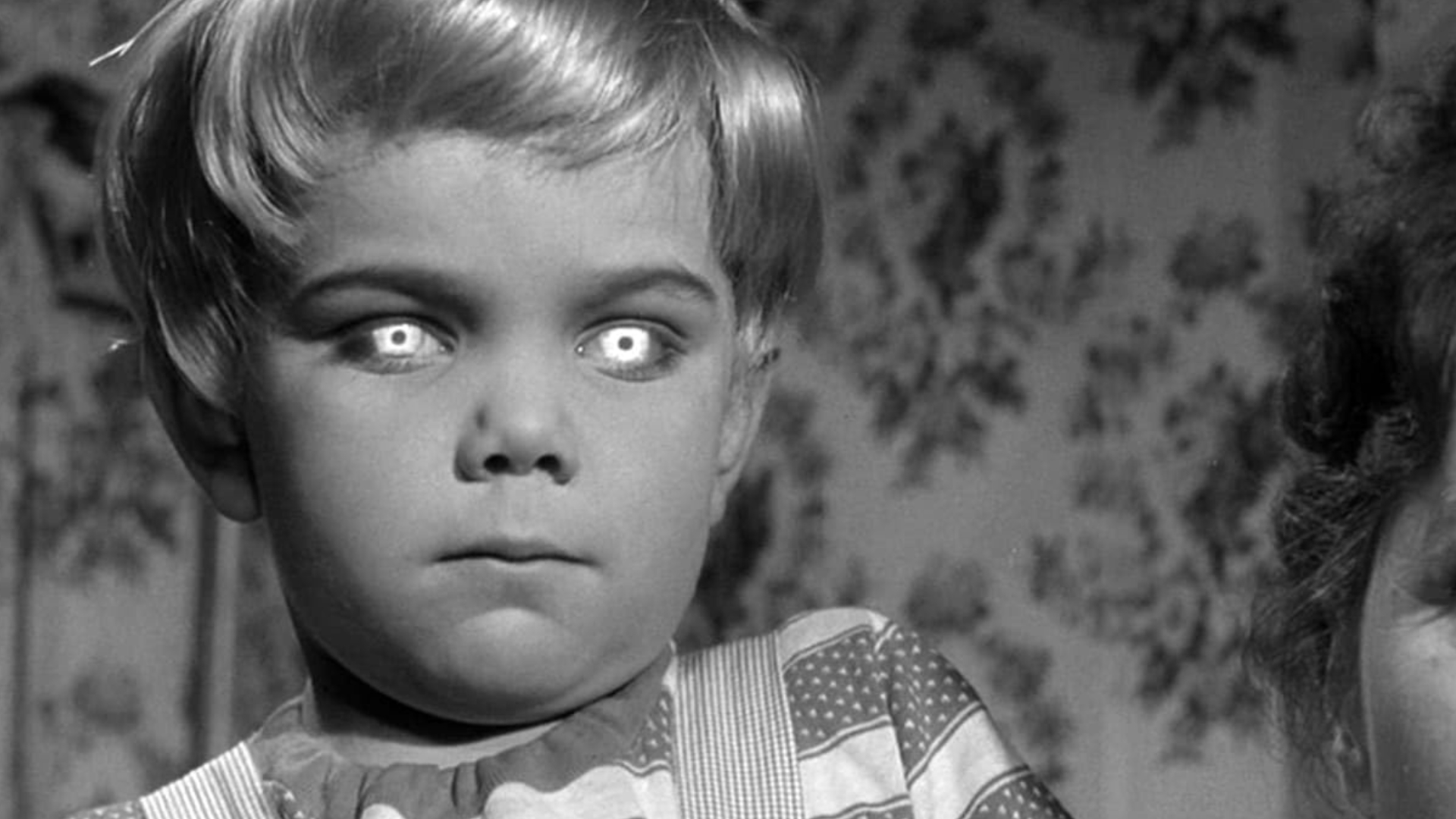
- Release date: December 7, 1960
- Cast: George Sanders, Barbara Shelley, Michael Gwynn, and more
- Director: Wolf Rilla
- RT score: 93% critics, 78% audience
The iconic glowing eyes of the children of the Village of the Damned will forever play a part in the history of sci-fi throughout time, though it stems from the 1960s. They are alien children capable of some pretty creepy things, after all. In the unsuspecting Midwich, ten pregnant girls find themselves birthing ten identical children. Unfortunately, as is so in sci-fi, their disturbing nature and powers quickly become a real problem for humanity.
"Beware the stare that will paralyze the will of the world," only just about summarizes what these creepy children can achieve as their powers grow as they age rapidly. It led to a sequel, Children of the Damned, as well as a remake from The Thing's (also a remake) John Carpenter. How do you defeat a horde of extraterrestrial children? Well, that'd be spoiling it.
3. La Jetée
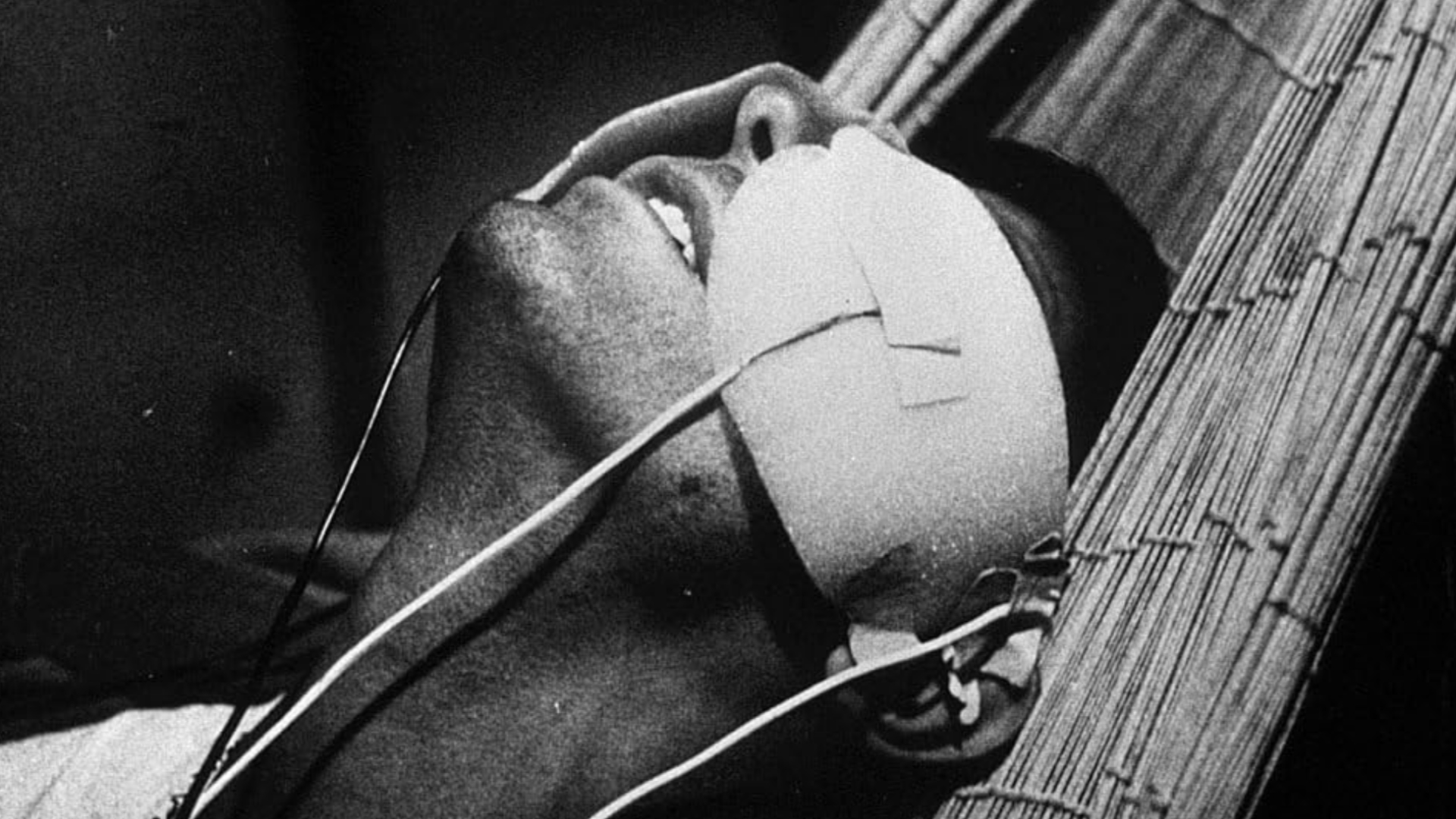
- Release date: February 16, 1962
- Cast: Hélène Châtelain, Davos Hanich, Jacques Ledoux, and more
- Director: Chris Marker
- RT score: 93% critics, 93% audience
The remarkable thing about sci-fi time traveling short, La Jetée, is that it's created almost entirely from still images. Based in post-apocalyptic Paris during the aftermath of an imagined World War III, a man held prisoner is sent back, and then forward in time to try and save humanity's present existence.
Saving the world as it has become known quickly twists into a story of romance, like many of the sci-fi titles on our list, as 'The Man' meets 'The Woman' across time. It's a beautiful story told in a captivating way, which stands out not only for the 1960s, but across the entire sci-fi genre for its innovative filmmaking and the risks it was willing to take to pull it off.
2. Night of the Living Dead

- Release date: October 4, 1968
- Cast: Judith O'Dea, Duane Jones, Marilyn Eastman, and more
- Director: George A. Romero
- RT score: 95% critics, 87% audience
Night of the Living Dead is primarily a horror movie, but if you look into the origin of the flesh-eating monsters terrorizing seven people trapped in a farmhouse in Pennsylvania, it's the way these monsters came to be that sits firmly in the sci-fi genre. These 'ghouls' - as they're referred to in the movie - are a side effect of radiation from an exploding space probe returning from Venus. Very sci-fi.
The survivors holed up in the farmhouse must fight through Romero's Night of the Living Dead in a desperate bid to survive. Undead hordes is quintessential horror and the movie lends itself to terror, gore, and all-out panic. It most certainly paved the way for the zombie movie genre, as well as being praised for the acting, music, editing, and sci-fi concept.
1. 2001: A Space Odyssey
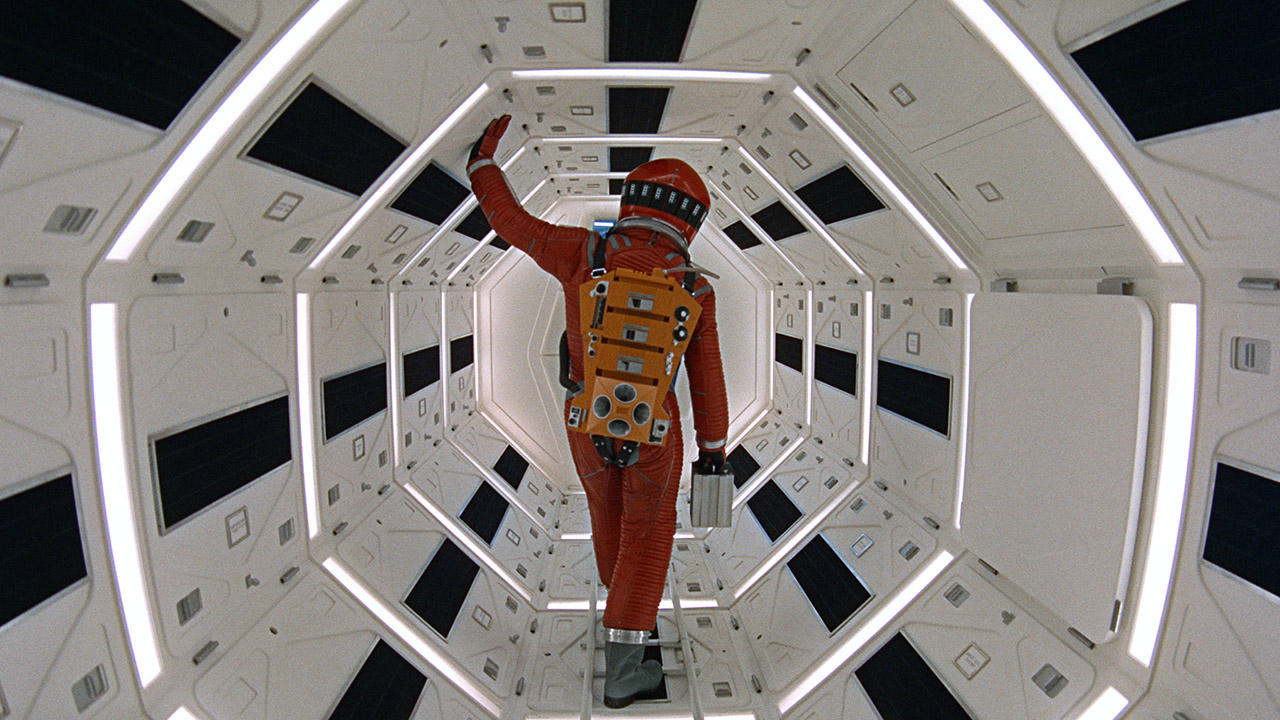
- Release date: April 3, 1968
- Cast: Keir Dullea, Gary Lockwood, William Sylvester, and more
- Director: Stanley Kubrick
- RT score: 92% critics, 89% audience
It should come as no surprise to see Stanley Kubrick's 2001: A Space Odyssey atop our list, as well as sitting firmly as one of the best sci-fi movies of all time. A dark monolith is found on the Moon, which triggers a deep space mission of two astronauts and an AI computer called HAL 9000 to find out the meaning behind its existence. For 1968, it experimented with special effects and imagery that have instigated a multitude of sci-fi movies ever since, especially when it comes to the exploration of outer space.
It's unusual in its nature, deemed as controversial for its breakout from the usual cinematic methods, yet it so greatly represents what the 1960s had to offer the sci-fi genre - innovation, vision, and a willingness to go where others hadn't dared to go before it, across space and time.

Grace is a freelancer who started writing for Space.com since 2021. She's a huge fan of movies, TV, and gaming, and if she's not clutching her Xbox controller or scanning the streaming platforms for the next must-watch shows, you'll find her spending copious amounts of time writing about them on her laptop. Specialties include RPG, FPS, and action-adventure games as well as 80s sci-fi movies and book adaptations.
